It has been 5 years since I last posted about camera gear and sure enough, there have been many changes to my everyday carry, film making edition! Beyond that, my editing workflow has remained the same, as has the number one priority of portability for both shooting footage and editing.
Camera Gear
Having almost fully retired the GoPro Hero 4 Silver, I have kept this around to use with the Knekt Dome for those half under and over water shots, but my action camera these days is the DJI Osmo Action. At the time of its release in 2019, it had in-built stability where the GoPro at the time didn’t (a game changer for underwater videos), and it is the camera I will always hand off to my travel companions to capture footage of myself on-the-go. The wide angle and stability is great for hiking, vehicle shots and extreme activities. When filming from a selfie perspective, you can double tap the screen to bring up the image on the camera lens side of the Osmo Action to help position yourself when framing a shot (see below).
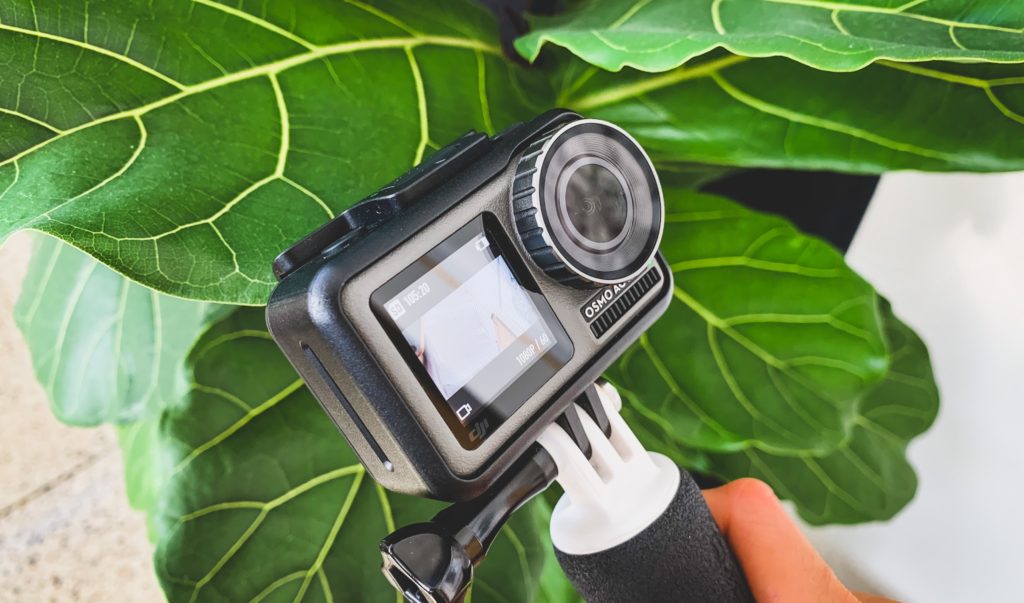
The settings I use for this camera are: D-Cinelike, RockSteady, 1080p 60fps, Dewarp: On, MP4, Auto White Balance, Auto Shutter Speed with Iso Max 800. The camera is attached to a floating handle 100% of the time (GoPro’s The Handler).
The camera that does the grunt of my land-based photography and videography is the Sony a6500 Mirrorless Digital Camera, an APS-C E-Mount camera. For someone with small hands, weak wrists and on the petite side (160cm height), I purposely chose a camera setup that wouldn’t tire me out during a full day shoot, and also fit in a 16L backpack (Fjallraven Kanken Classic) alongside a drone, action camera, point and shoot camera, lenses, earphones, wallet and phone. The lenses that I used with the Sony a6500 are the Sony f4 10-18mm (love an extreme wide angle when travelling) and the Sigma f1.4 30mm (beautiful bokeh for wedding photo/videography). Both are extremely affordable in the world of lenses.
The batteries for the Sony a6500 are not known to be long lasting, and having 3 for a full day wedding photo and video shoot is usually just enough. It is not so much an issue when travelling as I switch between various cameras. The settings I use for this camera include: Manual – Continuous Shooting Mid, ISO Auto or as suited to the environment, Shutter Speed 1/(double the fps = at least 120), Quality Extra Fine, Image Size 12M, Aspect Ratio 3:2, Picture Profile PP2, File Format XAVC S HD, Record Setting 60p 50M Super 35mm, Silent Shooting (this is for photos, OFF for shooting weddings), Audio Signals (this is for videos, OFF for filming weddings). I have also programmed the AEL button for instant video recording as it is more ergonomically placed than the red video recording button to the right of it.
As much as I would like to upgrade to a Sony full frame camera and G-Master lenses, the weight and size of that set up is what holds me back, and a camera is only good if it’s the one you reach for and take wherever you go!

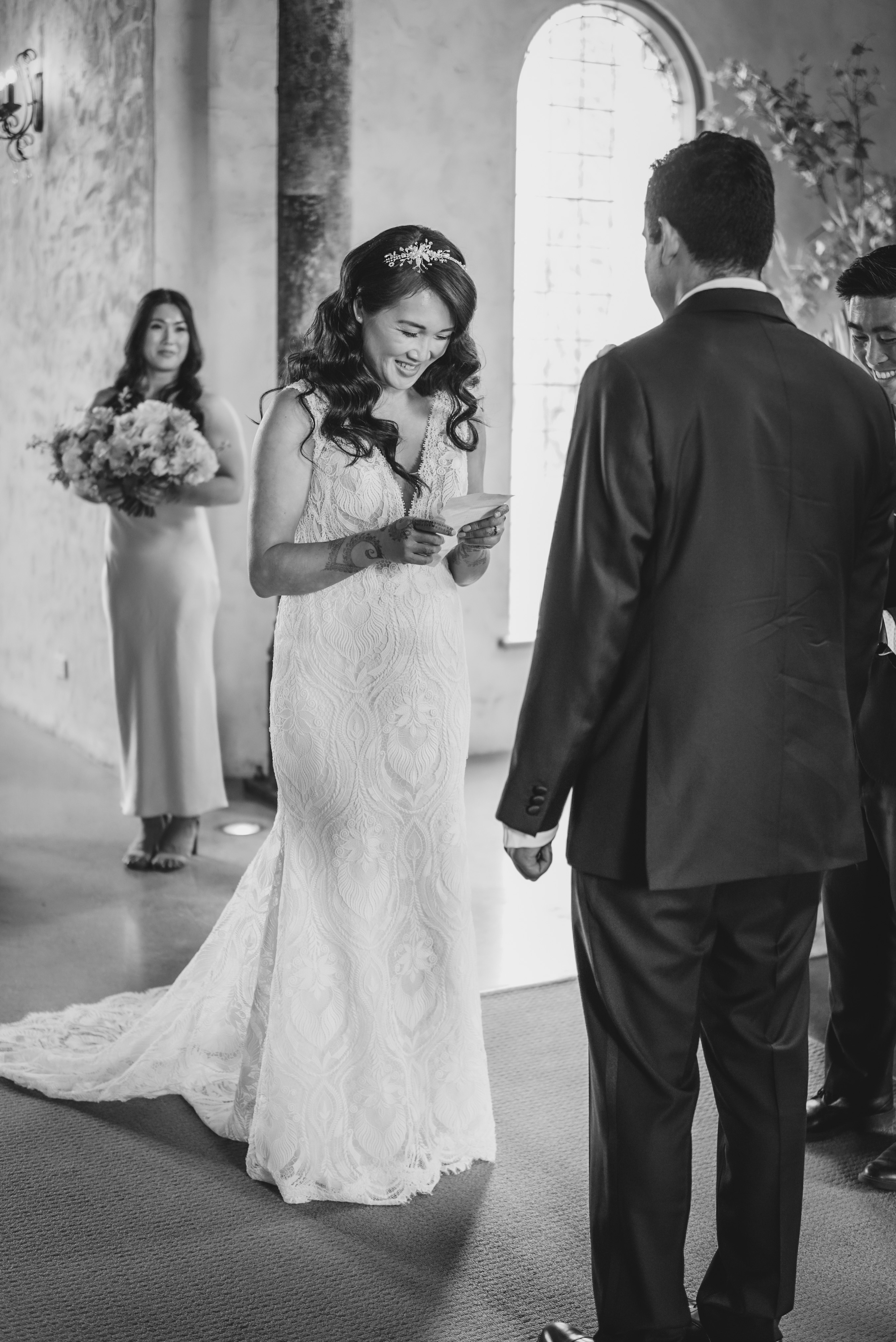
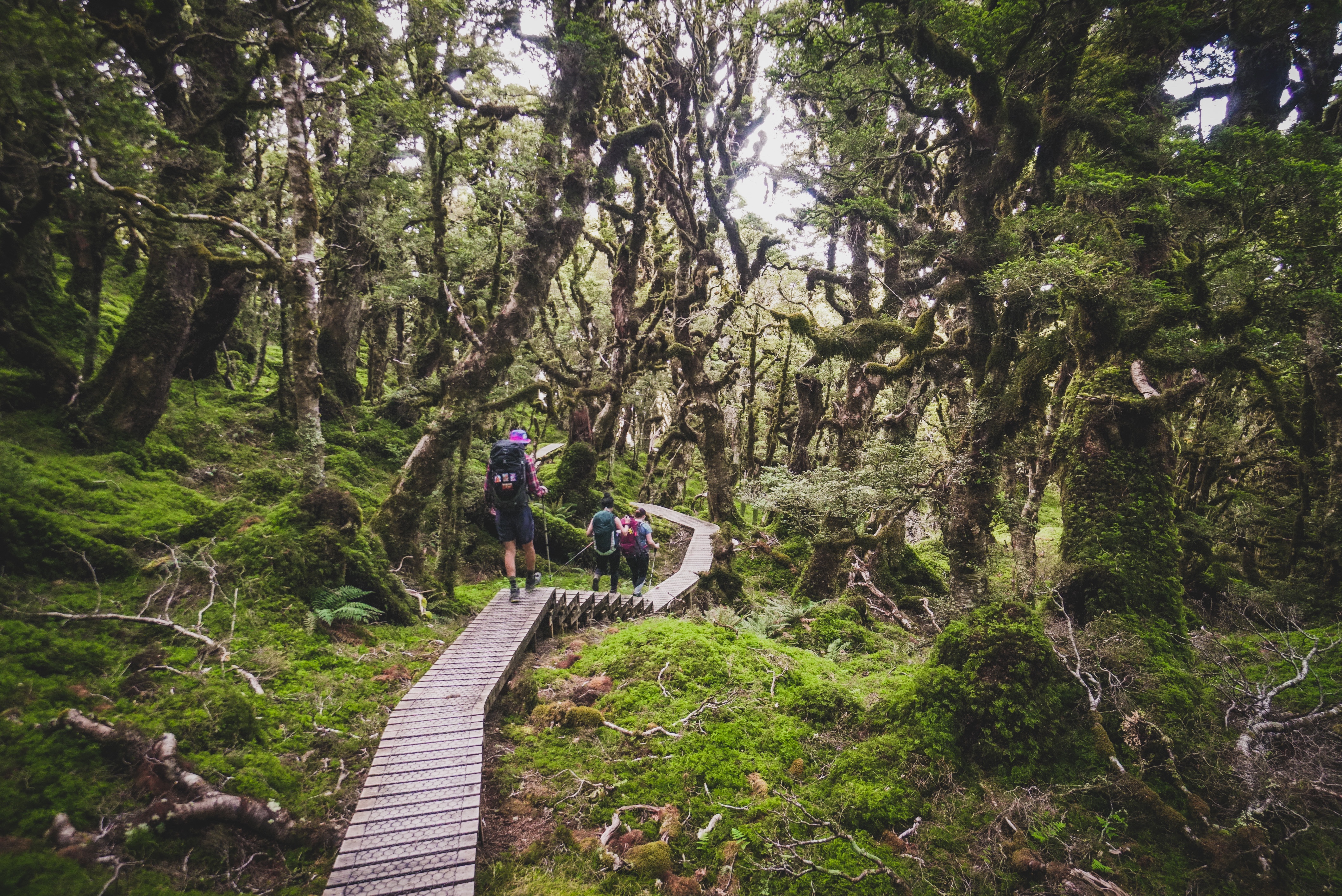
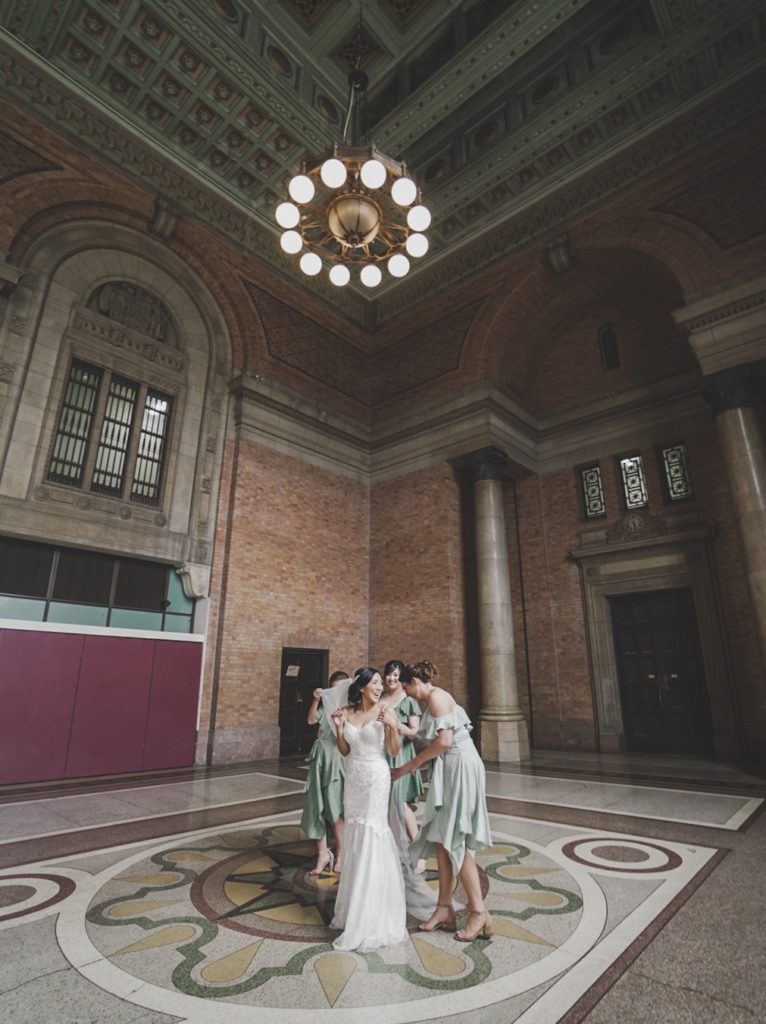
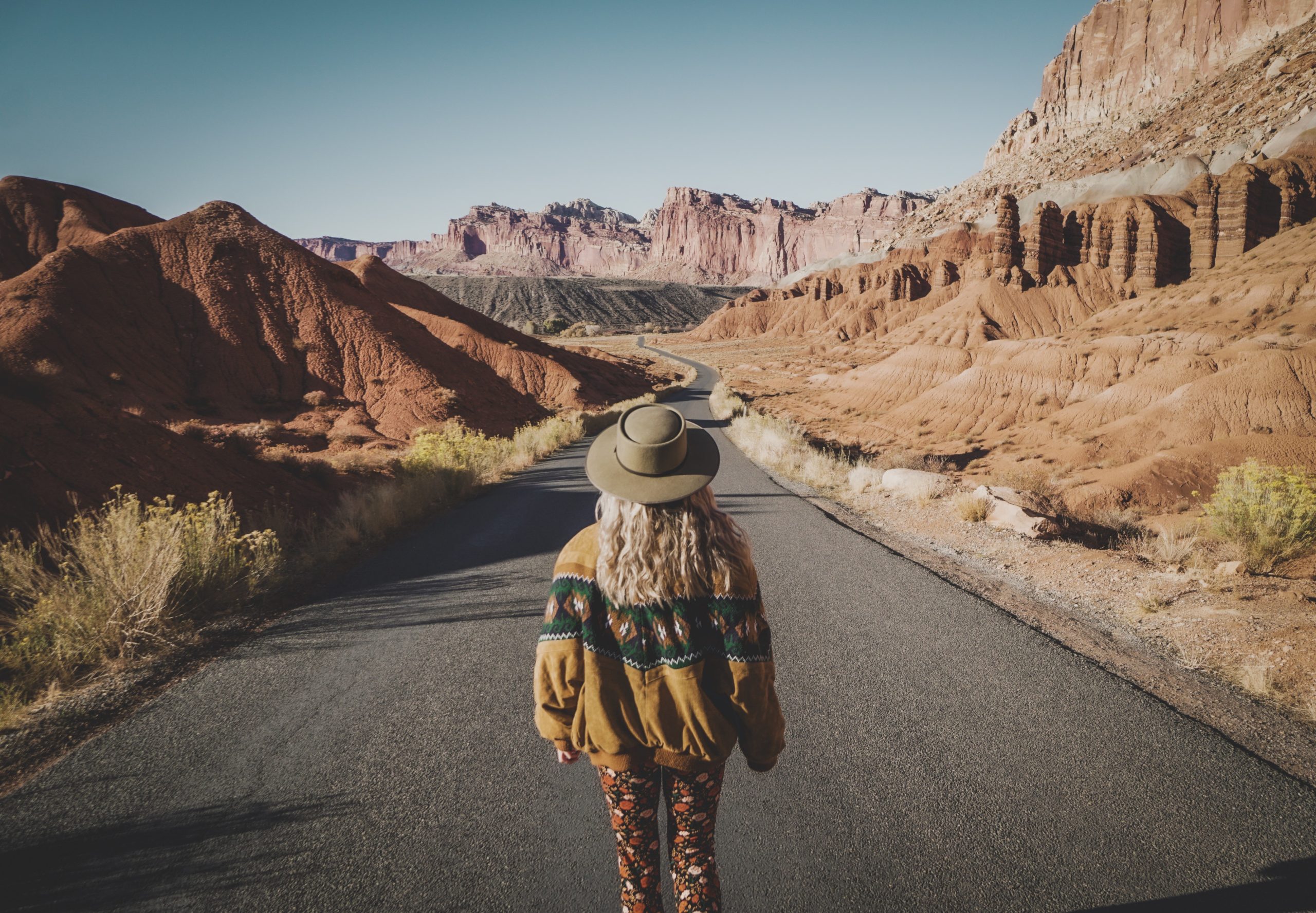
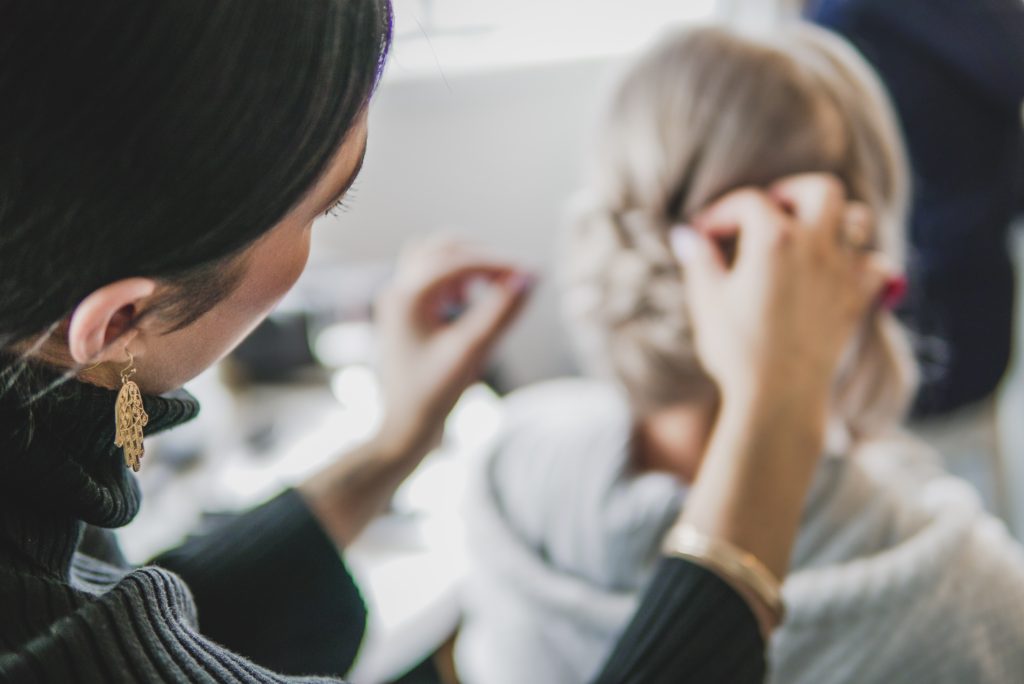
I have enjoyed using the Canon G7X mark ii and then iii over the years as a b-roll camera, but also as the primary camera when attending concerts and music festivals. It has great zoom and stabilisation, and performs well in the dark/night scenes. I usually leave it on the auto setting and it is an awesome wee thing to pop in a small purse when you’re headed out to dinner or somewhere that you can’t take a larger bag to. It outperforms the Sony a6500 and Sigma f1.4 30mm lens combo at night time when I am filming weddings.
Having had the pleasure of owning 3 drones, here is my experience with the DJI Phantom 4 (2016), Mavic Pro 1 (2016) and Mavic Air (2018). The trusty Phantom 4 was my first foray into aerial photo/videography, and has been my preferred drone for boat trips despite its size (easy to safely catch with the legs on the underside). The batteries are long lasting (~30 minutes flight time) and still working well after 5 years, however to my dismay, when I tried to power on the remote controller last week, it was completely dead and unable to be revived (last use was in August 2019).
I enjoyed the smaller size and portrait camera mode of the Mavic Pro 1, but noticed that the remote controller had a much shorter battery life compared with the Phantom 4. There were also issues with sand getting stuck in the rotor blades and losing/breaking the flimsy lens cap, so when it met its demise in a tree, I was thankful it wasn’t the Phantom 4!
My more portable drone replacement for the Mavic Pro was the Mavic Air, the biggest problem I have with it being the short battery flight time of ~17 minutes. It still meets my needs these days, but has been discontinued, including DJI Assistant updates so I am unable to recalibrate the vision sensors when the yellow warning message pops up. No doubt will this drone randomly stop working one day, and I will update this blog post when it does (in which case I will get a Mavic Mini 2 at the time of writing this). Despite its shortcomings, I love the small size and portability factor, and I get around the short battery time by planning out the shots prior to sending the drone into the air.
The settings I use for this camera include: Video: Size 1080p 60fps, Format MP4, White Balance Custom 5400 (sunny) to 6400 (cloudy), Style Custom Contrast -3, Color D-Cinelike; Photo: Single Shot, Image Size 4:3, Image Format JPEG, White Balance Custom 5400 (sunny) to 6400 (cloudy), Style Custom Contrast -3, Color Normal; Gimbal Advanced Settings: Max Gimbal Pitch Speed 8, Extend Gimbal Tilt Limit ON, Gimbal Pitch Smoothness 24
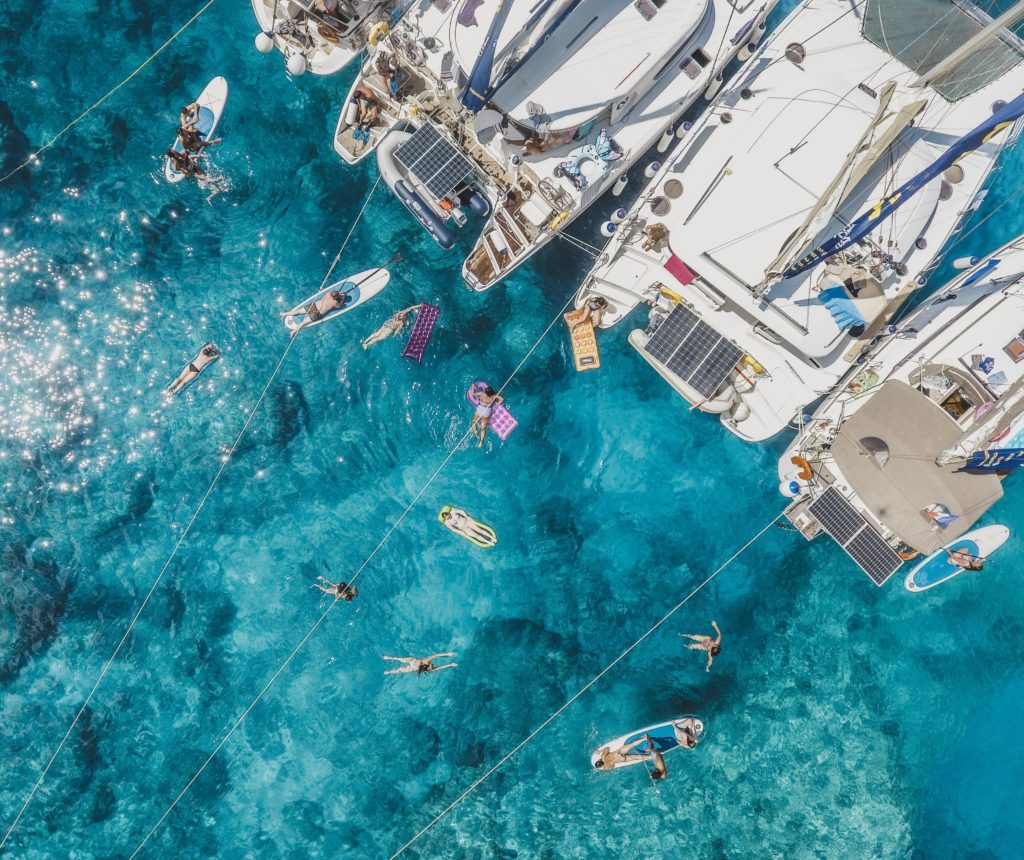

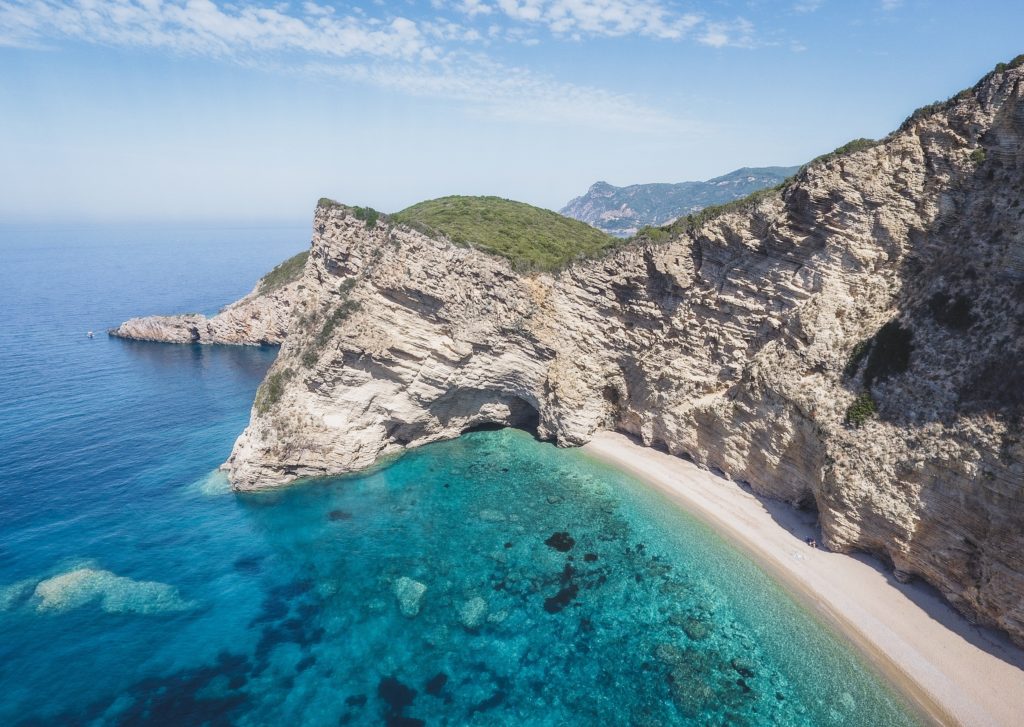
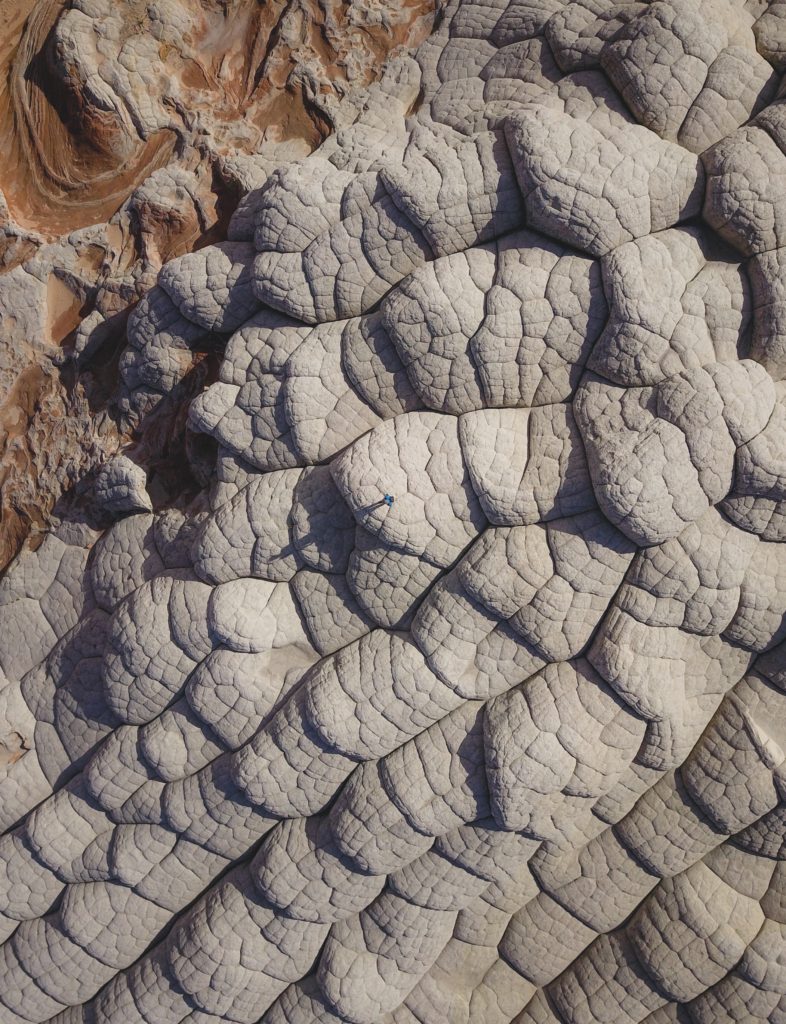
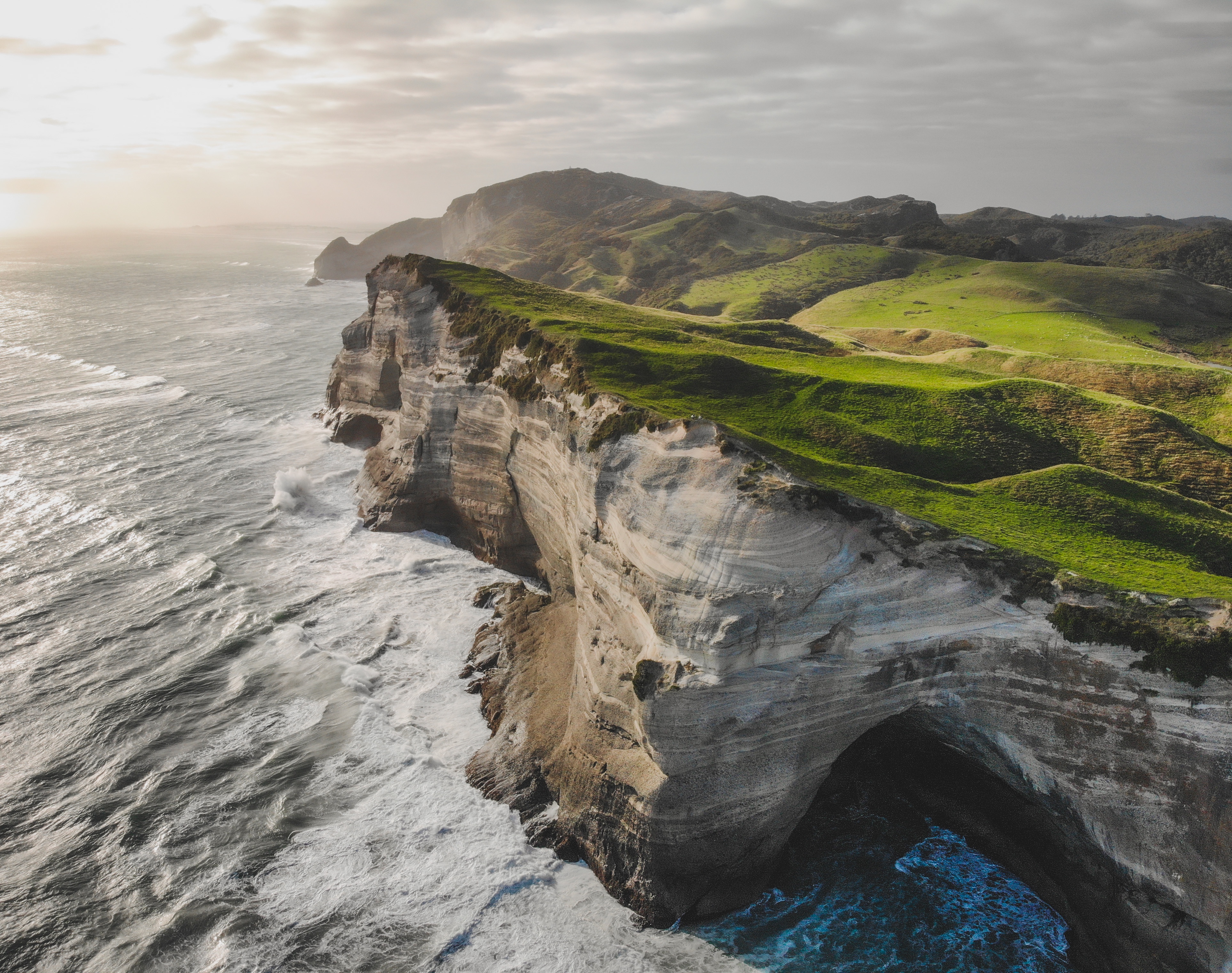
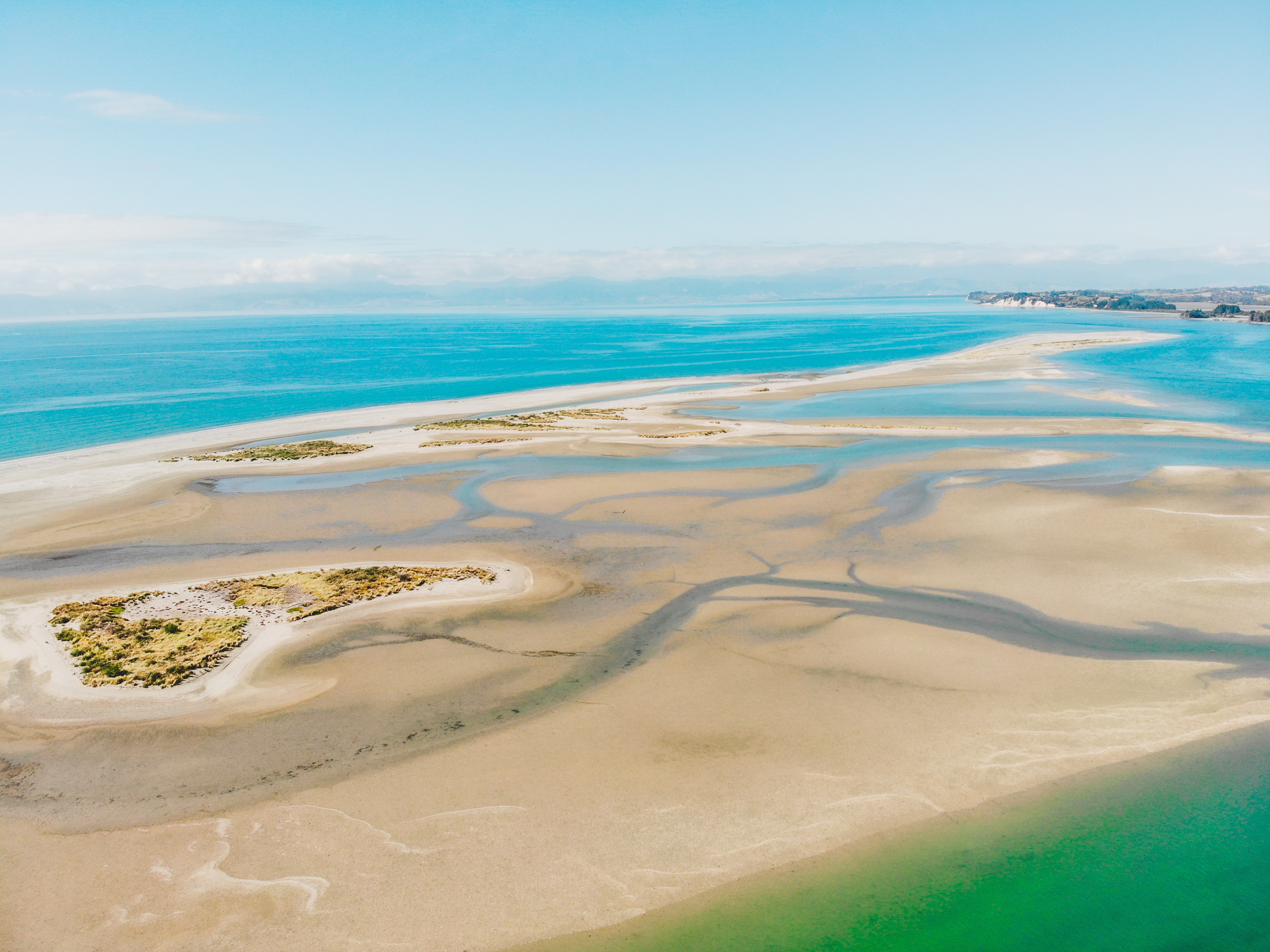
Editing Setup
Across all my cameras, I film at 1080p 60fps. 1080p gives me the quality that I am after without taking up too much SD card space as I tend not to travel with a laptop and hard drive to clear the memory cards on-the-go. I also edit on an old 13-inch MacBook Pro (2013) that struggles to process 4K sized files. It handles 1080p 60fps perfectly though, and I am able to achieve enough slow-mo (50%) as I export at 1920×1080 30fps. I am again reluctant to upgrade my laptop as I don’t want to lose the inbuilt USB, lightning, HDMI, headphone jack and SD card ports, so for now I will put up with the longer render times – patience is indeed a virtue!
My editing software for videos is FCPX and Color Finale for colour grading. Up until May 2021, I never used any external monitors, so just picture me hunched over staring at a 12x8cm window to do all the edits you see on YouTube! I now have a LG UltraWide 34-inch Monitor (34WL500-B 21:9) which has done wonders for my eyeballs and back 😀
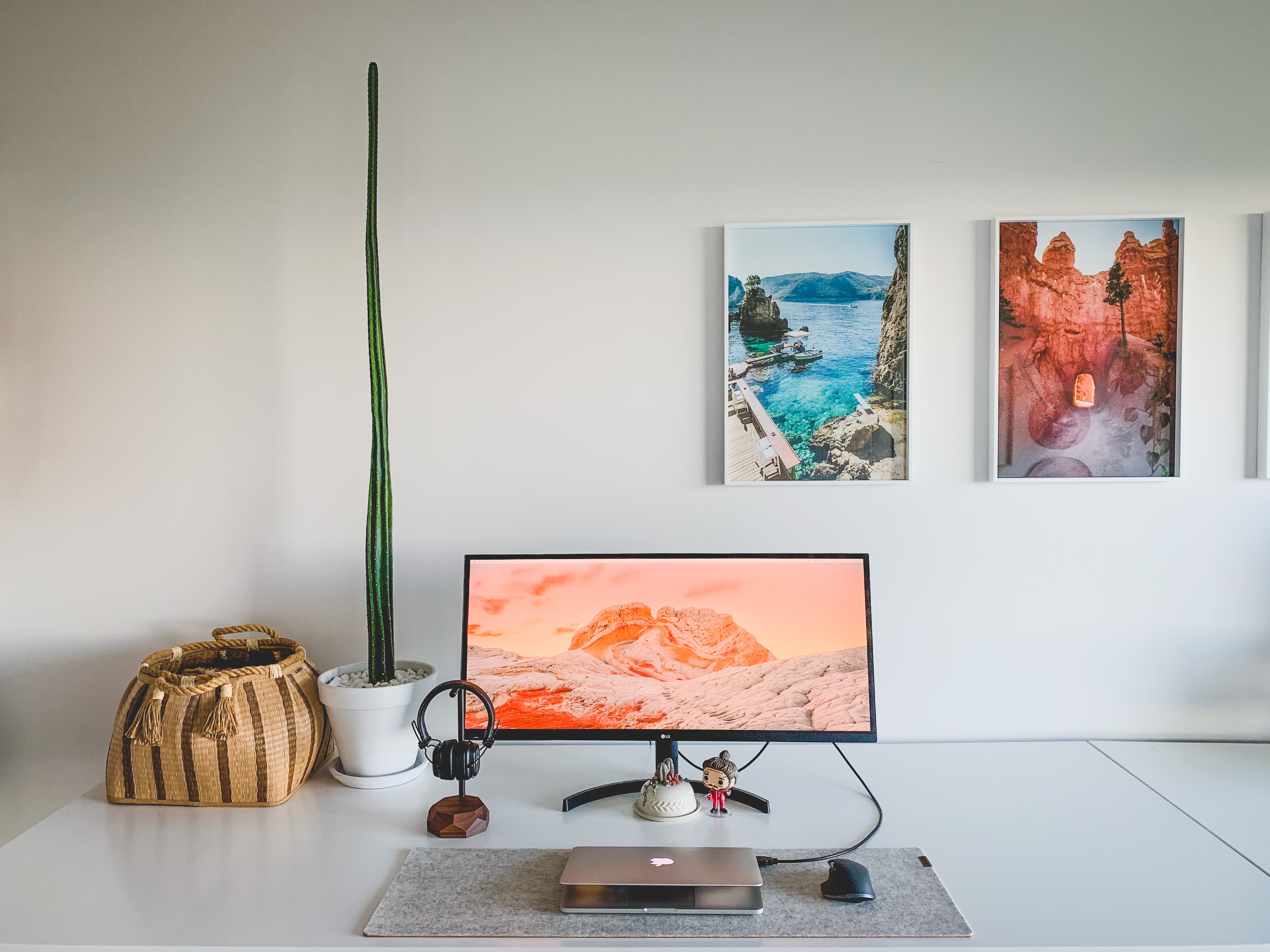
I also only started editing with a mouse this year and have been happy using the MacBook’s trackpad prior to this. The Logitech MX Master 3 Advanced Bluetooth & Wireless Mouse has been great as it allows customisation of its buttons that are app specific. For example, one button press can slice and delete a video clip in FCPX, vs having to change the pointer function, then select the slice point, then delete the clip.
I prefer having my earphones plugged into the headphone jack when editing (vs wireless bluetooth headphones), to match the video edits to the precise beats of the music. Any earphones will do, but the pair I use are the same pair I travel with, the Bose QC20 Noise-Cancelling Earbuds. These are great on airplanes when you are trying to drown out the hum when listening to music or watching a movie. (I also take them tramping/on group trips to cancel out the snorers!)
For photo editing, I use the free Lightroom app on an iPhone XS. I import photos from various cameras wirelessly through their mobile phone apps, e.g. DJI GO 4, Canon Camera Connect, Sony Imaging Edge Mobile. This allows me to edit on the road with as little tech as possible.
Believe it or not, all of my camera gear can fit into the aforementioned 16L Fjallraven Kanken Classic backpack (pictured below). Whilst it can get pretty heavy, particularly without padded straps, I used to get more questions from airport security when using a larger drone backpack for the Phantom 4 or the 21L WANDRD PRVKE backpack as they can look huge on my short frame. 99% of the time I will leave the MacBook at home, but if I have to take it with me, then I would reach for the 21L WANDRD PRVKE. One backpack plus a carry on sized suitcase has taken me across the world, come rain or shine, winter or summer climates, and the only time I need to use a checked bag these days is when I want to pack hiking poles.
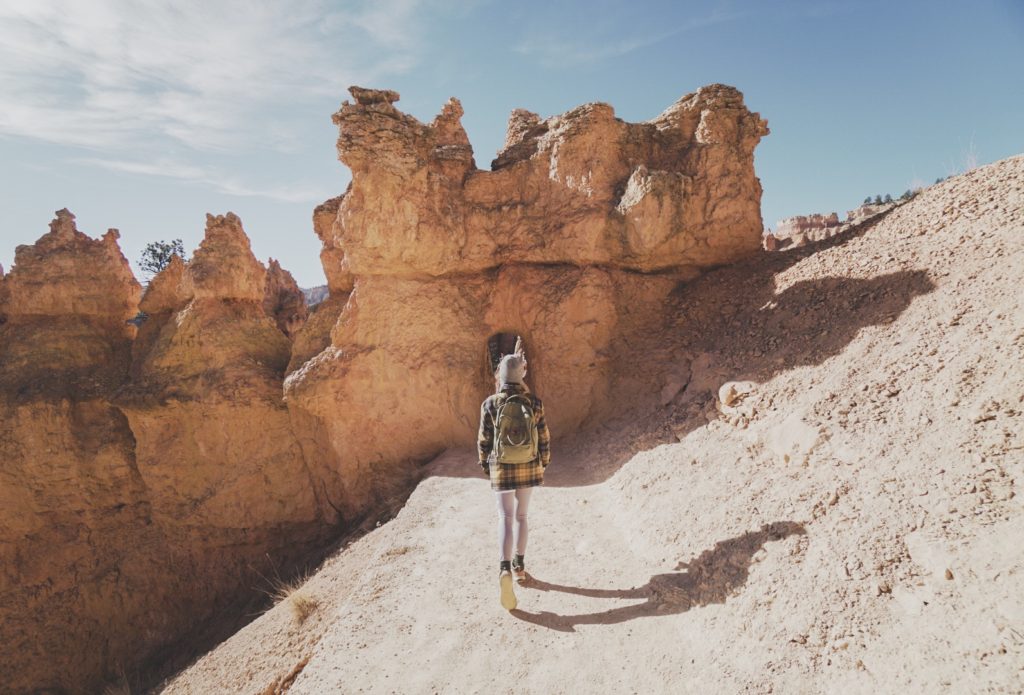
As you can see from my modest camera set up, bigger and newer doesn’t necessarily mean better, and what works for me definitely won’t for others. I am one of those creators who really USES her gear to the maximum, so if something stops working, it lessens the disappointment as I know it has lived an adventurous life 🙂 I hope this has been helpful for other creators out there and who knows how my setup will differ in another 5 years!

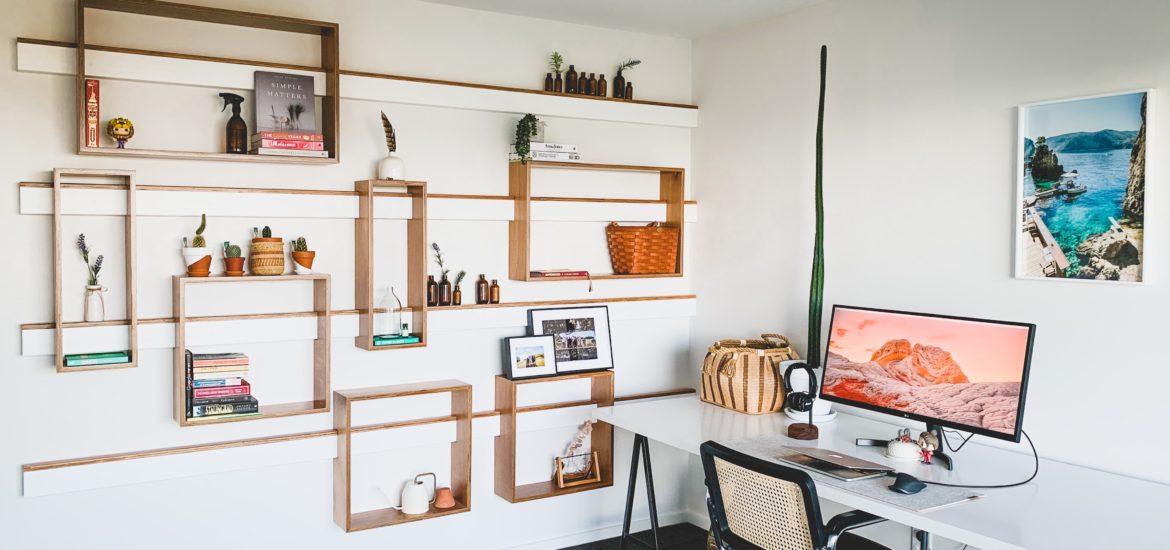
Hi Lilian,
I’m a great deep house fan and so I often select the ‘deep vibes” youtube movies supported by your video material.
Thanks for sharing your ‘kit’ with followers. I’d hoped to find out what you use to create these glitch transitions in Apple FCPX. Are you willing to share? Thanks!
Best, –Paul
Hi Paul,
If you search Ryan Nangle transitions on YouTube, he makes a whole bunch of transitions and also has tutorial videos on how to download and install these on FCPX. There are both free and paid options available, so happy hunting/choosing the effect you are after! (There are so many 😍)
Thanks for the tip, Lilian. I’ll check it out.
Hey Lilian
Great to see your setup and gear. Your drone work is so inspiring for my future trips. Choosing a drone should be easier now too, thanks!
Have you tried the DJI Goggles? A couple of guys i know love the experience but regret the amount they used them after the “new toy” phase.
Cheers
Mark
Hi Mark,
No, I have never tried the DJI goggles so couldn’t tell you anything about them! As for the current line up of drones available by DJI, my understanding is that the Mavic Mini 2 is geared more towards beginners (limited shooting profile to just one, no D-Cinelike (flat profile) for example), so the Mavic Air 2 or Pro series may suit better if you are after more settings/ways to manipulate the footage.
Thanks Lilian!
Appreciate the thoughts on the beginner vs serious models. I’d need flat profiles as always used this in the GoPro.
Hi Lilian ,
Just read again about gears … You mentioned about you had problem with vision sensor of Mavic Air ? Still have problem?
Here ,I flew my Mavic Air , battery went dead suddenly and drone dropped around 20ft down . It had a message said sensor need to be recalibrated
I downloaded Assistance 2 from DJI , and follow instructions, it cleared up message and drone is working fine
So badDJI after 3 yrs just discontinued items like that , I like their products but don’t like company, now I have hard time looking for battery, so expensive on Amazon now , and if you buy another drone fr them , after 3 yrs , will stop support and no services , very bad and unreliable company
Try like the way I did, just happened with my drone last month
Good luck
Tania
Excellent post and immensely informative. I’m new to drones, and have bought the Air 2s (combo). Small enough to pack easier than the next level up, but has a decent flight time and camera. Love watching your YouTube clips to Deep House music which I also love. Very inspired and loving the possibility of getting some good footage when the world opens up. Thanks for your time to share this information.
You’re welcome and glad you are enjoying the videos! Thank you for stopping by ☺️
Hi Lilian,
I found your site courtesy of the film that can be found on the “Summer Music Mix 2024” video on the Summer Vibes YouTube channel. Hope you’re getting a cut of their income from that video – it’s amazing. Loved your reaction to the Pupfish ;o)
Just wanted to mention – if you haven’t looked or tried one yet – that you might quite like the MicroFourThirds format and cameras. I started with a Panasonic DMC-GX1 about 10 years ago and now have a couple of Olympus OM-D EM-1 bodies and a small collection of lenses. The primes in particular are stunning – tiny, lightweight, but pinsharp. Video shoots at up to 4K, there’s impressive in-body stabilization [IBIS] and later models even have a hi res 50MP mode.
I can fit everything I need in to something like a Maxpedition Versipack – or even something smaller – and still get some really good quality images…
As I became more interested in photography I went the Canon route – bought a 7D and the 16-35, 24-70,70-200 f2.8 L’s and the 100-400L as well. Took the gear on a 3-week vacation to Thailand, came back, sold the lot. Too big. Too heavy! Found M43 and have not looked back…
Hi Clive, I agree, the more compact the set up, the better for travel! Thanks for stopping by and checking out my videos 🙂